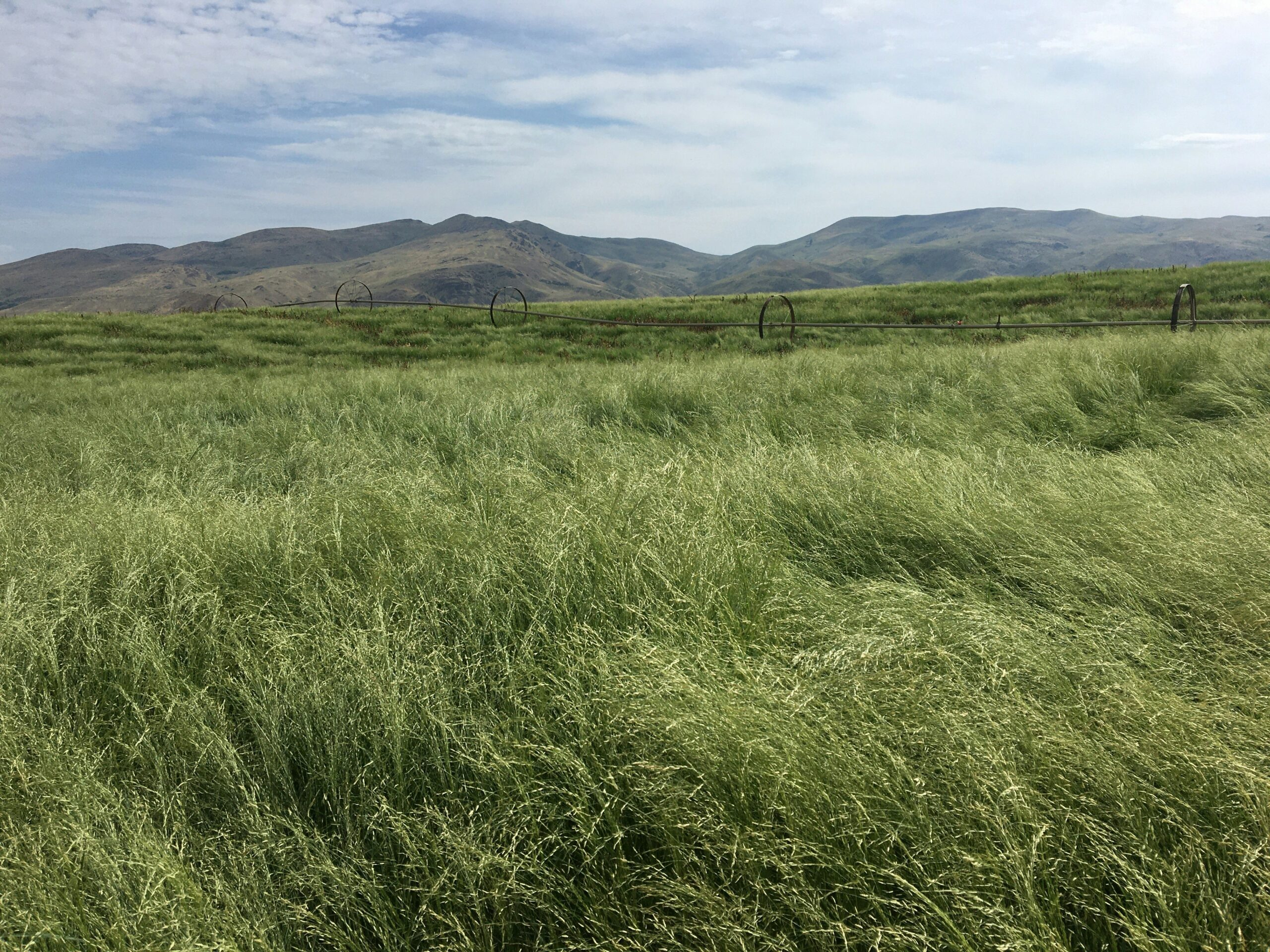I’ve been puzzling for a while about why food prices are rising here in Ethiopia. Teff, the local grain, has trebled in price from about 400 Birr per quintal to about 1,200 Birr for the same amount. There is almost no global trade in teff, so it does not seem to be an effect of rising global teff prices. Teff production has been at high levels for four years, according to Ethiopian government statistics (which may be inaccurate); and there is no obvious reason why overall food demand should have increased enough to cause such a sharp increase in prices.
A few weeks ago, Javier Blas in the FT, offered one possible explanation. He said that the problem was abnormally high demand, driven by substitution effects:
United Nations’ agriculture and food aid officials said that record prices of imported food have prompted a substitution effect, boosting the demand – and the price – of indigenous staples such as yam, sweetpotato, sorghum, cassava, millet or teff in Africa, Latin America andparts of Asia.
I’d be surprised if the price of teff would treble as a result of the rising price of substitute products, though I suppose this is theoretically possible.
Yesterday, Barney Jopson, also in the FT, apparently reporting from here in Addis, offered a different explanation:
The crisis has been magnified by local factors – drought, hoarding, and a splurge of public infrastructure investment that has left the finances of the country’s cash-strapped government under strain.
Unfortunately, Jopson doesn’t offer us any evidence for any of this. Who are these people “hoarding” teff, and where is it? In which parts of the country has drought caused a reduction in teff production, and by how much has the supply of teff fallen, overall? I’m particularly at a loss to understand Jopson’s thought that investment in public infrastructure would lead to rising food prices (though I can see why it has made it more difficult for the Government of Ethiopia to use subsidies or tax cuts to offset the effects.)
I’d like to see some more thorough reporting of teff production. My hunch is that food production figures have been flattered by official statistics in recent years, possibly to bolster GDP growth figures (agricultural production being a substantial share of GDP), and that the government has run down domestic teff reserves to make up the difference between actual and reported production. Now that the reserves are running low, the tightening of supply is leading to the increase in prices. But I have no more evidence for this than Jopson’s theory that it is because of hoarding.






5 responses to “Why has the price of teff trebled?”
Is this development perhaps related to increased demand for biofuel-related commodities? It’s possible that although teff production has increased, it has still fallen relative to corn, etc., for which farmers receive a greater return. If true, the opportunity cost of producing teff has increased, causing farmers to require a higher price for it.
I’d also wonder about the effect of (i) birr inflation and (ii) price controls in other staples. But this is all conjecture.
It’s possible that it’s both. At first, a substitution effect shot the prices up and then expectations built it up higher.
Barry,
The substitution chain starts with corn, in the US. Simply put other consumers have switched to other grains, which led others to switch. For instance, the price of sorghum in Africa shot up a while ago when European farmers started importing it for livestock after they got outpriced on corn.
Err, public infrastucture investment rasing teff prices. Well, depends. Start with Amartya Sen. Famines occur because of a lack of purchasing power amongst a (or some) groups. So instead of helicoptering money, we run road etc building programs, deliberately aimed at those groups with the purchasing power shortage. X days a month at Y pay, just enough to be able to buy the basics.
I believe that the Ethiopian Govt does indeed run such a programme.
We’ve raised the purchasing power of our target group, as we wanted to. This will increase demand for food basics. Food basics rise in price.
I’m not saying that this is actually happening of course, just trying to provide a possible chain of events leading from public infrastructure works to a rise in food prices.
Perhaps you’ve discovered a Giffen good!
There’s also the factor of land availability. Meles was quoted in the FT today inviting Saudi Arabia to lease “hundres of thousands of hectares” of prime agricultural land for food production: see http://www.ft.com/cms/s/0/8de8a3e0-6e17-11dd-b5df-0000779fd18c.html?nclick_check=1
Would be interesting to know:
– Whether this is already happening, and if so to what degree;
– What it’s likely to do to prices for teff and/or other local staples;
– Who’s currently using the land that Meles is talking about leasing to the Saudis (i.e. will this involve people who lack formal tenure being turfed off land that they currently farm?)
– Who stands to benefit from this investment – i.e. will the rural poor participate in the growth that it produces, or will benefits be concentrated among landowning elites?
I suspect the answer to the latter will depend in part on the degree of mechanisation that the Saudis introduce: Gordon Conway’s boon The Doubly Green Revolution is interesting on the point that while most aspects of the Green Revolution were on the whole good for poor people (including both consumers and small farmers), mechanisation was heavily inequitable in impacts, especially because of the number of rural landless poor who found themselves out of work.